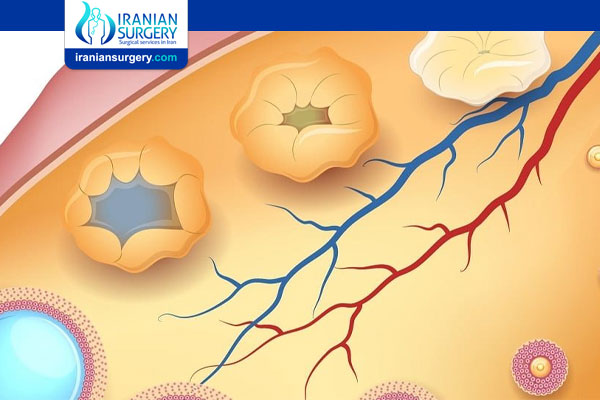Follicle Size for IUI Success
Follicle Size for IUI Success
Intrauterine insemination (IUI) is commonly recommended to couples with mild infertility problems or unexplained infertility before moving onto more expensive treatments such as in-vivo fertilization (IVF) and intracytoplasmic sperm injection (ICSI). Unlike IVF or ICSI, IUI is a more variable procedure that can involve different ovarian stimulation and semen preparation protocols. As a result, the success rate can range from 2% to 22% per cycle depending a variety of factors:
. Number of follicles
. Ovarian stimulation protocols and medications used
. Cause and duration of infertility
. Semen characteristics
Among them, follicle characteristics and ovarian stimulation protocols are female factors that can be optimized for the best chance of IUI success.
IUI Success and Follicle Parameters
Controlled ovarian hyperstimulation is often used in IUI to increase the number of follicles. While more follicles generally improve the odds of pregnancy, they also increase the risk of multiple pregnancy. In the past, multiple pregnancies were common in assisted reproductive technologies, but there is now a consensus that they are associated with higher risks of preterm delivery, growth retardation and preeclampsia.
Multiple pregnancy rate increases with more than two follicles
According to a meta-analysis published on the Human Reproduction Update, multifollicular growth is associated with better pregnancy rates in IUI with ovarian stimulation, but at the expense of high risk of multiple pregnancy. Cycles with three or four follicles were associated with an increased multiple pregnancy rate without substantial gain in overall pregnancy rate. The authors concluded that IUI with ovarian hyperstimulation should use no more than two follicles.
IUI success rate with only one follicle
Two studies consisting of more than 60% monofollicular cycles reported high pregnancy rates of 16.6% and 10.4%. In addition, a study involving 300 couples found that induction of more than one follicle did not improve the ongoing pregnancy rate, but did increase the risk of multiple pregnancies. These results support the notion that IUI with only one follicle does not compromise success rate but provides safety.
Optimal follicle size
Apart from the number of follicles, the diameter of follicles also affects IUI success. One study reported that patients with a follicle size of 19-20 mm had much higher clinical pregnancy (30.2%), ongoing pregnancy (24%) and live birth rate (24%).
IUI success with ovarian stimulation protocols
Ovarian stimulation in IUI usually involves using either clomiphene citrate or gonadotrophins. Compared to natural IUI, drug assisted IUI generally has a higher success rate. For example, one study reported a 9.8% pregnancy rate using clomiphene citrate, much higher than that of natural IUI cycles (3.3%).
What Is the Ideal Follicle Size and Uterine Lining to Begin Treatment?
At each visit, doctors look for a balance between hormone levels and ovarian response. Since the hormone estrogen is the prime factor in both increasing follicle size and building up the uterine lining, making sure that levels continue to rise throughout the cycle is a key factor.
Doctors look for the follicles and uterine lining to grow at an appropriate rate. So, if the doctor sees a patient with too high a response to the medication, then he or she will adjust it to slow them down some, while increasing the medication for a patient who may be responding at a slower rate.
At that first monitoring appointment, the patient’s ovaries should be non-active or “resting” meaning that none of the follicles have begun maturing. As medication is introduced, the follicles will begin to grow, roughly an average of 2 mm per day during the later stages of stimulation. The increase of estrogen levels within the blood provides hormonal evidence that the follicles within the ovaries are maturing.
The rate of follicular growth is dependent on the phase of the stimulation cycle. Early on, follicular growth may be minimal, but once the follicle(s) have committed to ‘active’ growth, then they may grow 1-3 mm per day.
About Iranian Surgery
Iranian surgery is an online medical tourism platform where you can find the best doctors and fertility specialists in Iran. The price of Infertility Treatments in Iran can vary according to each individual’s case and will be determined by an in-person assessment with the doctor.
For more information about the cost of Infertility Treatments in Iran and to schedule an appointment in advance, you can contact Iranian Surgery consultants via WhatsApp number 0098 901 929 0946. This service is completely free.
Source:
https://www.ivfauthority.com/iui-success-rate-follicle-characteristics/
https://www.shadygrovefertility.com/article/monitoring-infertility-treatment/


